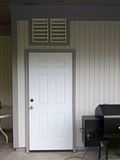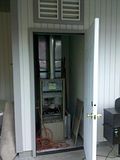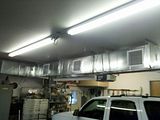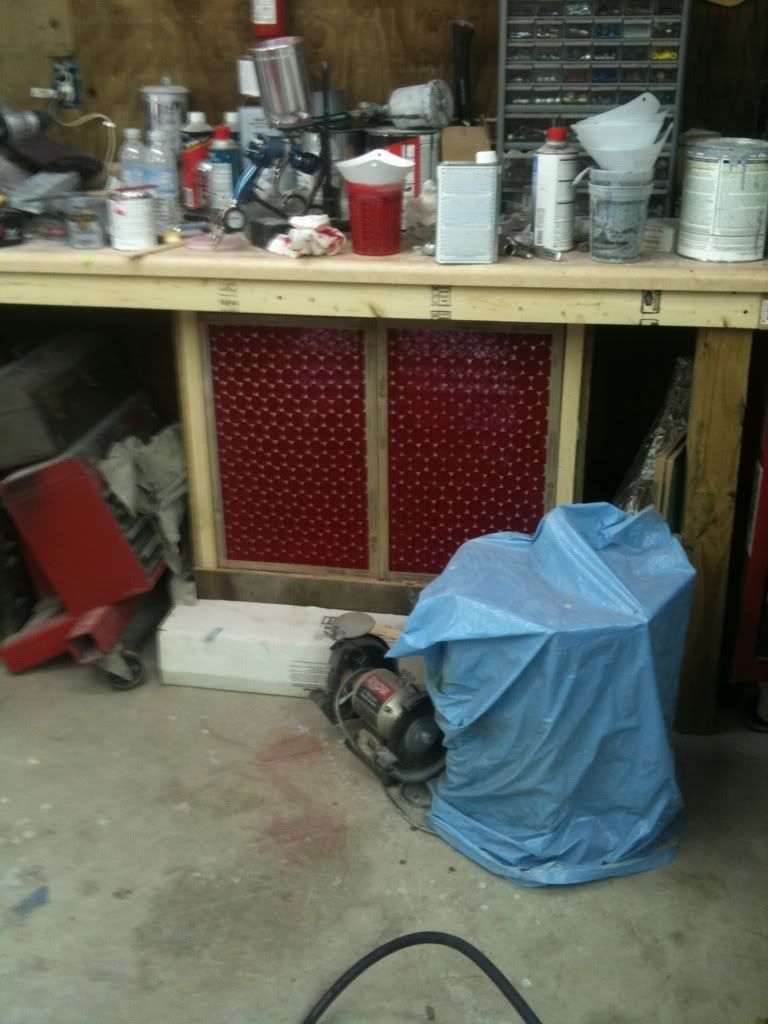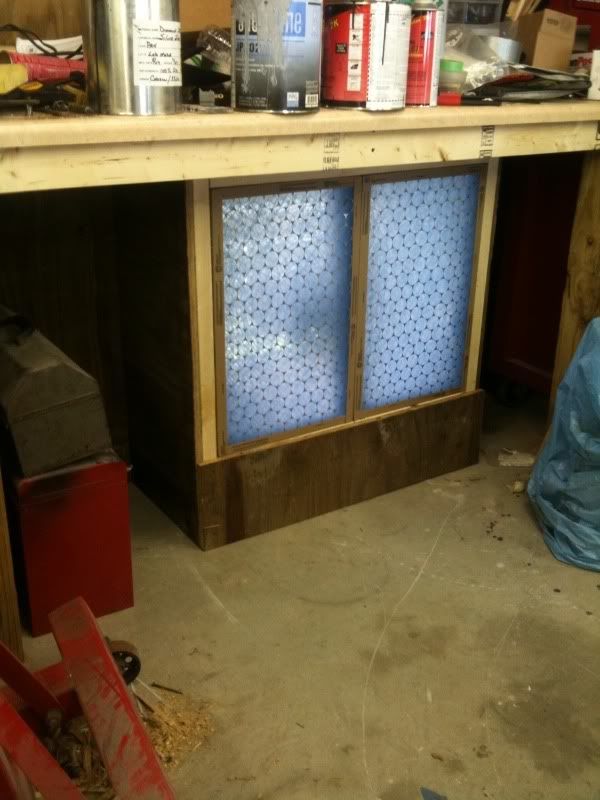I have a 24" 7,000 cfm fan in my garage. Its mounted under my work bench. It works fantastic no compaints. Well thats not entirely true, my only complaint is that it pulls more air then I can supply which in turns forces it to suck air from every little crack.
Now people have told me to "turn the fan down and I wont have that problem". Well I'm stubburn and I dont want to do that. I like that fact that with the fan at full speed it will(should) cycle the air in my garage every 30 seconds.
On the opposite side of my garage I cut addition roof vents in, but that failed to help.
My plan is to cut out above my garage door, frame and screen it in and on the inside of the garage box it in so I can slide filters in.
What do other garage painters do? I'm just overly cautious about my air quality.
I think tomorrow I am going to turn my fan on, and slowly open the garage door until the shutters are fully open on the fan and that should tell me how big of a hole I need.
Here is a pic of my fan set-up.
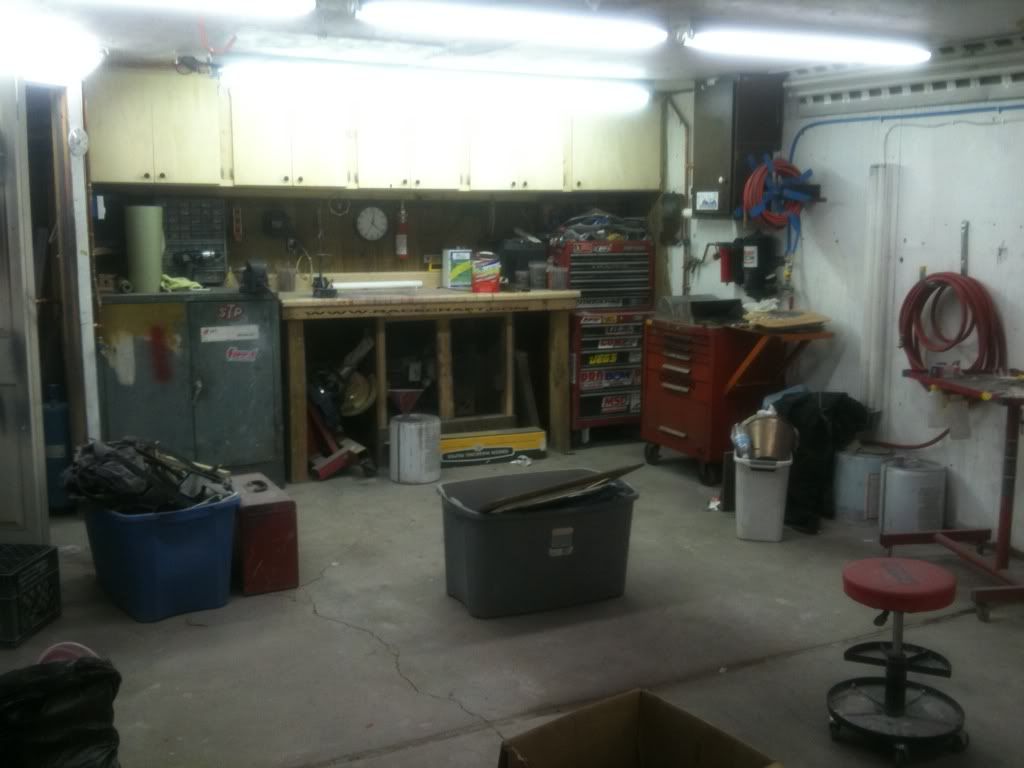
Now people have told me to "turn the fan down and I wont have that problem". Well I'm stubburn and I dont want to do that. I like that fact that with the fan at full speed it will(should) cycle the air in my garage every 30 seconds.
On the opposite side of my garage I cut addition roof vents in, but that failed to help.
My plan is to cut out above my garage door, frame and screen it in and on the inside of the garage box it in so I can slide filters in.
What do other garage painters do? I'm just overly cautious about my air quality.
I think tomorrow I am going to turn my fan on, and slowly open the garage door until the shutters are fully open on the fan and that should tell me how big of a hole I need.
Here is a pic of my fan set-up.


